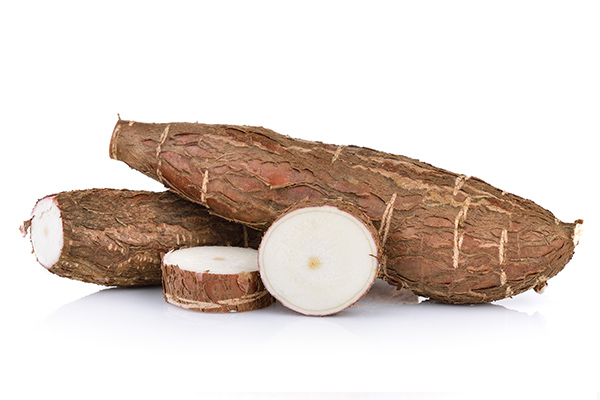Properties of roots and tubers
You've heard of roots and tubers but you don't know their properties and their uses. We tell you what you didn't know about roots and tubers.
TRIED AND TESTED
Share
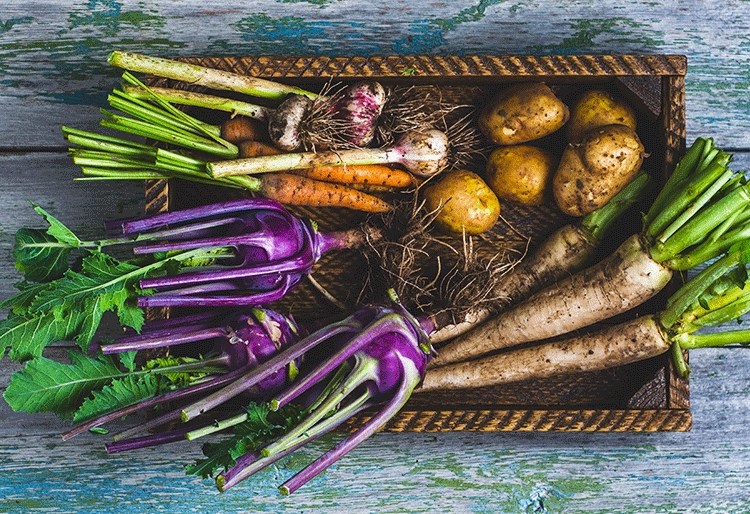
With their ‘ugly’ appearance and humble reputation, tuber and roots have been very popular foods in times of scarcity, but little appreciated in high cuisine until a few years ago. Their surprising texture, their flavour, their colour and the possibilities they offer in food preparation have made them an essential ingredient in a large number of dishes.
Although, on many occasions we use the roots and tubers in the same way, there are differences between them. Basically, plants consist of roots, stems and leaves. The root fixes the plant to the soil and absorbs nutrients, while the tubers are enlargements of the stem which generally grow under the ground and store nutrients and water for the plant.
Both food families are a source of fibre, vitamins and minerals. In addition, practically all the varieties have been used traditionally for preparing broths, soups and purees or thick soups, while today they are also used in lighter preparations such as salads or crisps. Here are some of the most common ones:
Roots
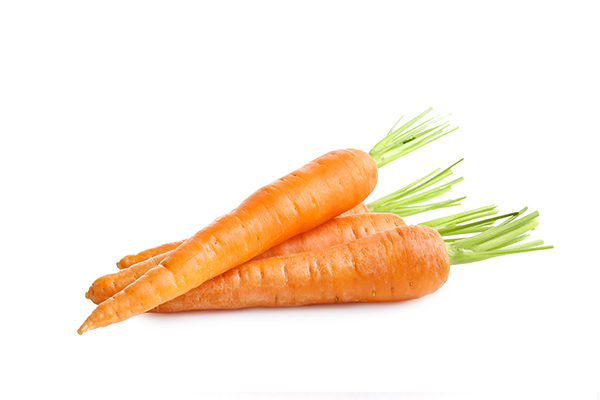
The beta carotenes that provide is characteristic colour are the main clue to its identity. It is also rich in Vitamin A and a source of Folic Acid.
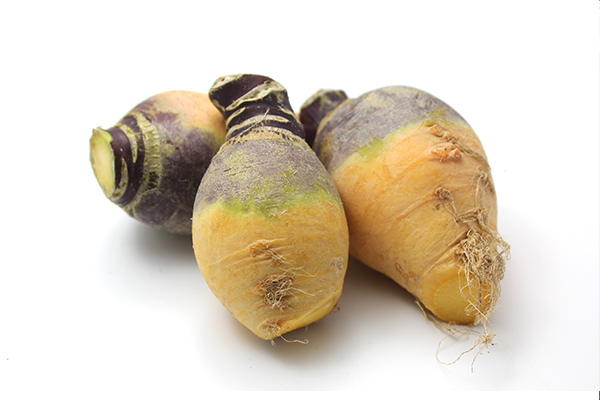
Turnip
There are a large number of varieties. One of the most popular in the kitchen is the daikon.
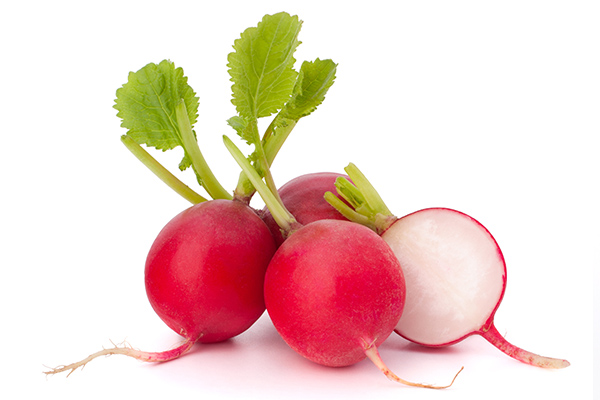
Radish
Incidentally, wasabi, the green paste that accompanies sushi is made from the Japanese radish. It is a source of Folic Acid and Vitamin C.
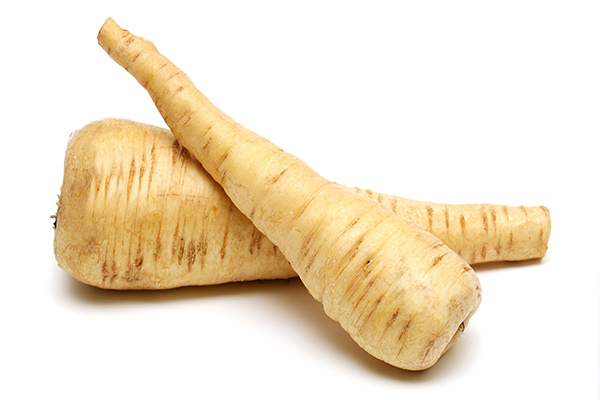
It used to occupy the predominant place in our diet that is now occupied by the potato since its arrival from America. It is a source of minerals (Potassium and Manganese) and vitamins (Thiamine, Folic Acid and Vitamin C).
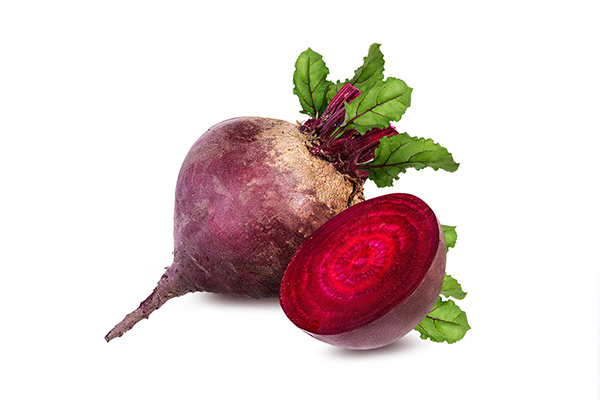
Beetroot
Notable for its eye-catching colour and for its water content, it is ideal for preparing cakes, salads, cold soups and juices. It is rich in Folic Acid and is a source of Manganese.
Tubers
Almost 150 potato varieties are cultivated in Spain. It is one of the basic pillars of our diet and is a source of Potassium and Vitamins B6 and C.
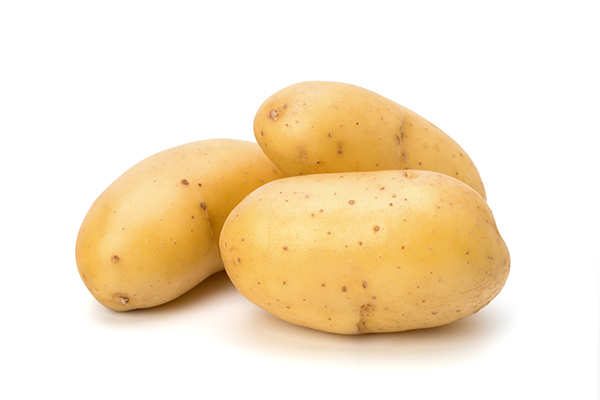
Also known as kamote or batata. Like the potato, you cannot eat the sweet potato in its raw state. It is distinguished by its orange-coloured flesh, it is rich in Vitamins A, C and E, and is a source of Folic Acid, Manganese and Potassium.
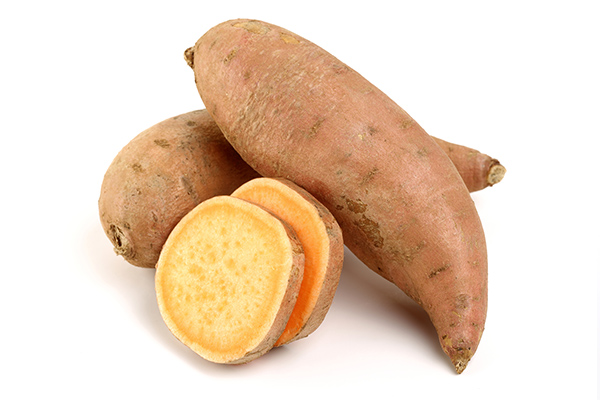
Ginger
Its hot taste and its aroma distinguish it from other varieties. Traditional in Asian cookery, it can be consumed in infusions, desserts or juices, whether in its fresh, powdered or dried form. It is a source of Potassium.
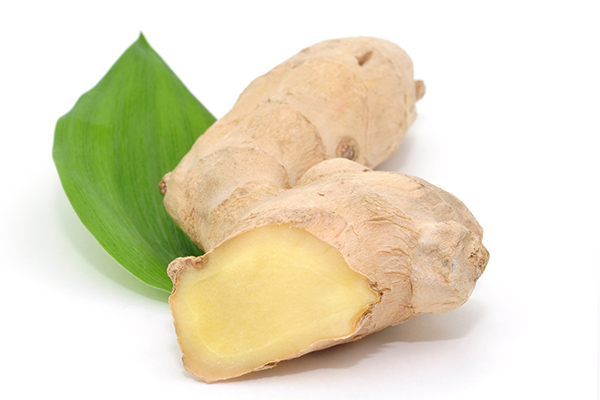
Tiger Nut
Its differential value lies in its fibre content and, of course, for being the key ingredient of the horchata. It is rich in Folic Acid and a source of Iron, Potassium and Phosphorus.
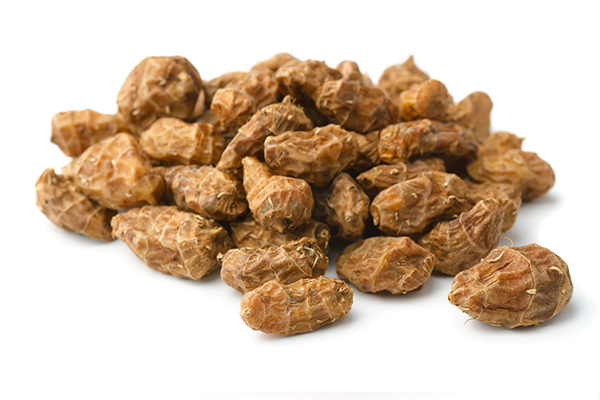
Yucca
It is the most commonly-used tuber in Latin American cookery. Neutral flavor and color between white and yellow, this tuber should always be consumed cooked: boiled, steamed, grilled or baked. It is low in calories and rich in calcium and vitamin K.
